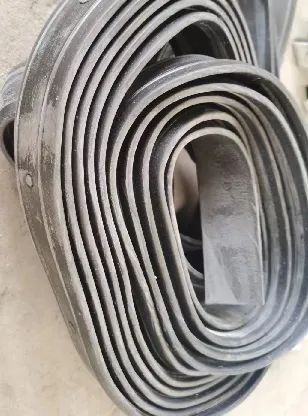loading...
- No. 9, Xingyuan South Street, Dongwaihuan Road, Zaoqiang County, Hengshui, Hebei, China
- admin@zjcomposites.com
- +86 15097380338
- Welcome to visit our website!
Fast Reverse Proxy - frp
Understanding FRP Profiles A Comprehensive Overview
Fiber Reinforced Plastics (FRP) have become increasingly popular in various industries due to their exceptional strength, lightweight properties, and resistance to corrosion. Among the various forms of FRP, FRP profiles have emerged as a critical component in construction, manufacturing, and various engineering applications. This article aims to provide a comprehensive overview of FRP profiles, their production, applications, and benefits.
FRP profiles are essentially composite materials made by combining plastic fibers with reinforcements such as glass, carbon, or aramid fibers. The manufacturing process typically involves the molding of these fibers into specific shapes and sizes, allowing for versatility in design and application. Common types of FRP profiles include beams, channels, angles, and custom shapes tailored to meet specific engineering requirements.
Understanding FRP Profiles A Comprehensive Overview
Additionally, FRP profiles exhibit excellent durability and resistance to harsh environmental conditions. Unlike traditional materials, they do not rust or corrode, making them ideal for use in coastal areas, chemical plants, and other environments where exposure to moisture and chemicals is a concern. This resistance extends the lifespan of structures and reduces maintenance costs over time.
frp profiles

The versatility of FRP profiles is another crucial factor contributing to their popularity. They can be designed to meet specific load requirements and can be manufactured in a wide range of shapes, sizes, and colors. This design flexibility allows engineers and architects to create innovative solutions tailored to their specific needs. Furthermore, FRP profiles can be easily cut and shaped on-site, which enhances their adaptability during construction.
In terms of applications, FRP profiles are extensively used across various sectors. In the construction industry, they are commonly utilized for structural supports, gratings, and walkways, providing a lightweight yet sturdy alternative to traditional materials. The transportation sector also benefits from FRP profiles, which are used in the manufacturing of lightweight components for vehicles, resulting in improved fuel efficiency and performance. Additionally, the electrical industry employs FRP profiles for insulators and bus bars due to their excellent electrical insulating properties.
Despite the numerous benefits of FRP profiles, some challenges remain. The initial cost of FRP materials can be higher than traditional options, which may deter some contractors or project managers. However, when considering the long-term savings on maintenance and replacement, FRP profiles often prove to be a cost-effective solution.
In conclusion, FRP profiles represent a significant advancement in material technology, offering a combination of lightweight strength, durability, and versatility. As industries continue to seek innovative solutions to enhance performance and reduce costs, the demand for FRP profiles is expected to grow. By understanding the unique properties and applications of FRP profiles, stakeholders can make informed decisions that contribute to the efficiency and longevity of their projects. With ongoing advancements in manufacturing techniques and material science, the future of FRP profiles looks promising, paving the way for more sustainable and resilient infrastructures.
-
GRP Structures: The Future of Lightweight, High-Performance EngineeringNewsJun.20,2025
-
FRP Water Tank: High-Performance Storage for Corrosive and Clean Water SystemsNewsJun.20,2025
-
FRP Square Tube: The New Industry Standard for Chemical and Structural ApplicationsNewsJun.20,2025
-
FRP Pultruded Profiles: The Ultimate Choice for Lightweight Structural StrengthNewsJun.20,2025
-
FRP Handrails: The Safer, Smarter, and Stronger Choice for Modern InfrastructureNewsJun.20,2025
-
FRP Grating: The Smart Solution for Durable, Lightweight Industrial FlooringNewsJun.20,2025
-
Why Choose a Galvanized Water Tank for Your Storage NeedsNewsMay.21,2025
